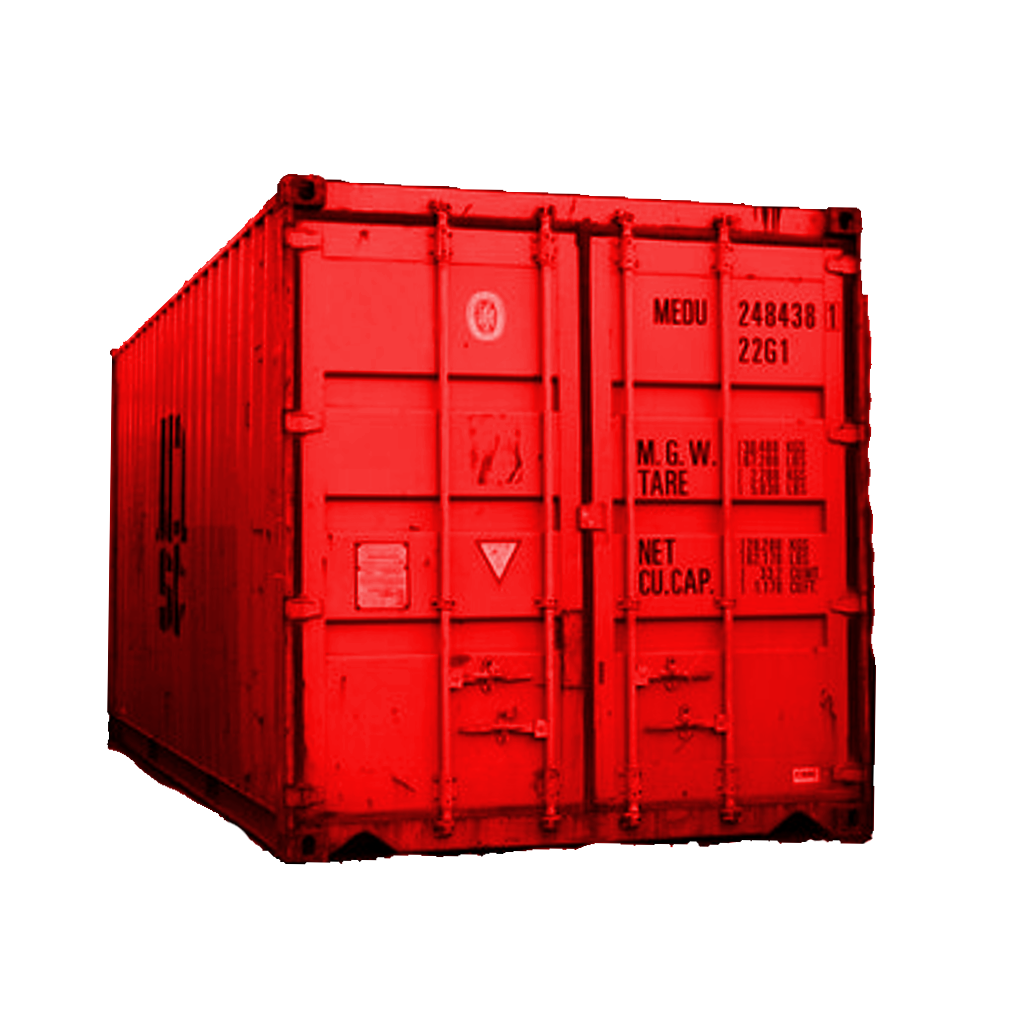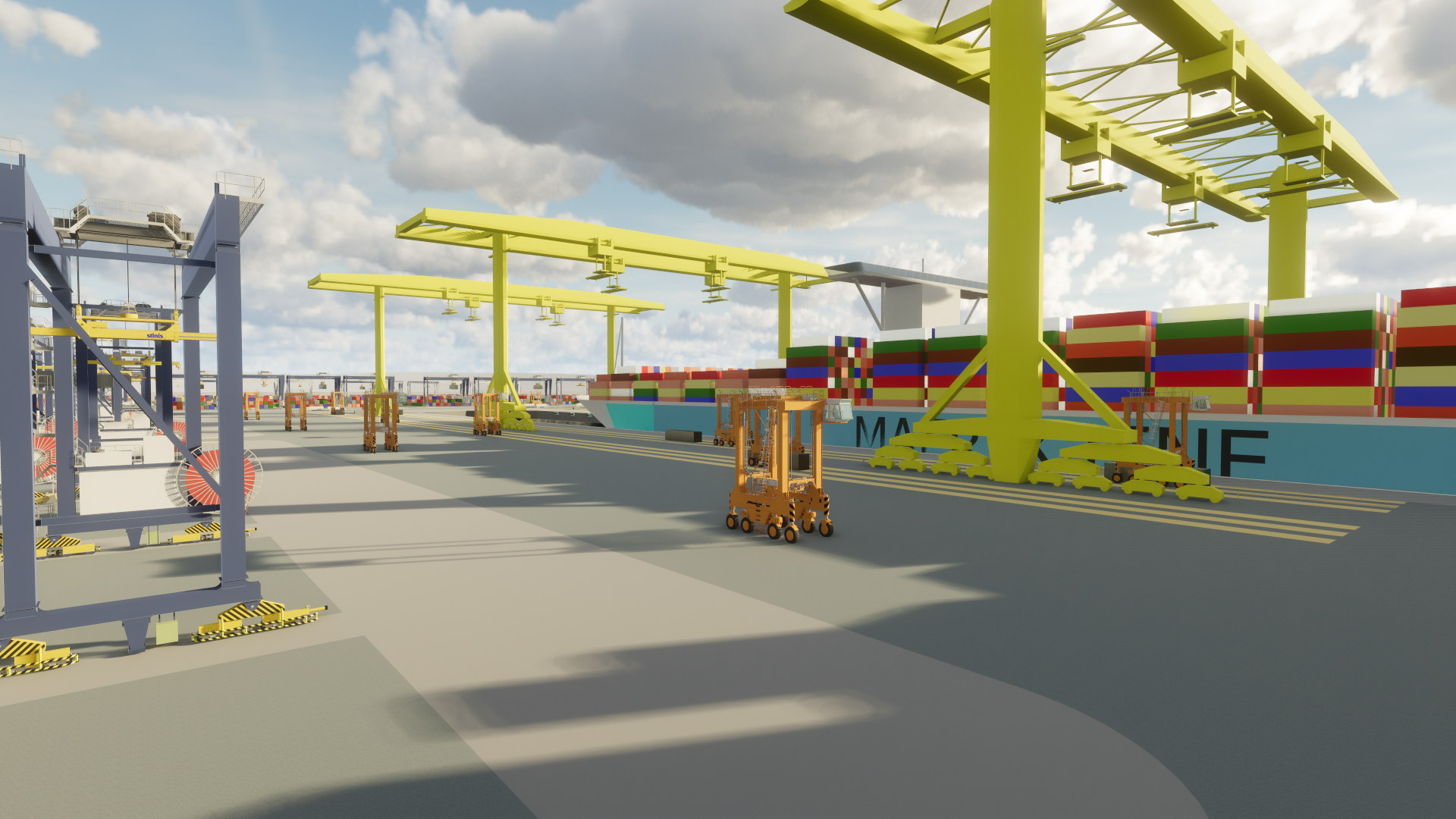The ongoing transition to greater automation in container ports is also supported by COFASTRANS. All mechanical elements and automated controllers applied with conventional cranes can be deployed with Ship to Shore Portal Cranes. The indented berth allows the ship to be located within a more compact port layout, meaning shorter journeys from the quayside to the container stacks, and minimal interaction with other hazards. This supports more automation of landside vehicles, reducing the need for human intervention. Through automated mooring systems, the possibility of mooring line failure is minimised.
Finally, COFASTRANS increases the safety of the ship and its crew. The berthing procedure is carried out with the assistance of tugs, as carried out in the Panama Canal. This reduces the chance of pilot error, protecting quayside infrastructure and the ship from damage. When the vessel is within the indented berth, it is sheltered from the external environment and potential collisions with other vessels.
Through these means, COFASTRANS helps to minimise hazards and make the port environment safer for those working within it.


